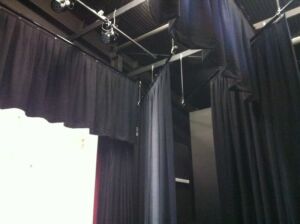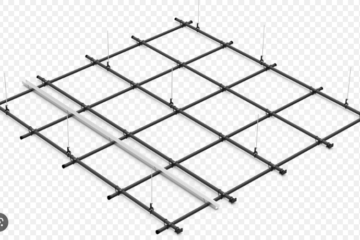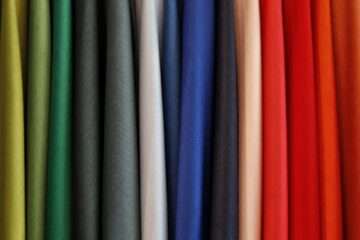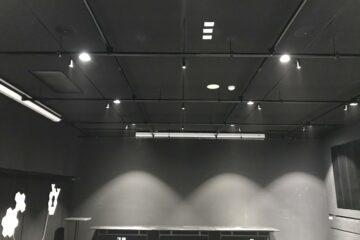Stage curtains are far from simple affairs – whether you have a school stage or a stage in a well-known theatre, there are quite a few different components that need to be in place to create the right look and atmosphere. You’ll find that knowing the key terms and concepts here can be of enormous value. What should you know about stage curtains?
Main Valance
The main valance is the most visible part of your stage curtains and it is the valance that stands in front of all the curtain systems. The main valance is often small, but highly visible.
Main Curtains/Main Act Curtains
Just behind the main valance hang the main or front-of-house curtains. These are also known as the “grand drapes” in some situations. This curtain is opened and closed between acts. These are usually “draw” or traveller curtains that can be opened or closed as needed. However, the main act curtain might also be a Venetian curtain or an Austrian curtain, depending on the needs of your production.
Other types of main stage curtains can include special effect curtains like rain curtains. Rain curtains are usually made of coloured or metallic layers to create a scintillating effect.
Borders
Borders are technically valences and stand upstage of other stage curtains. For instance, borders hang upstage of legs and of the rear curtains. Borders are used in conjunction with legs to help hide equipment and rigging from the audience. They’re an essential part of the screening and creating a seamless atmosphere for audience immersion.
Legs
A “leg” is the name given to stage curtains that hang vertically between the main curtain and the rear curtain. They’re essentially just stage curtains, but can be opened or closed depending on the needs of the act, and they can also be different colours from the main curtain or the rear curtain. Legs are always sewn in pairs, and help to widen or narrow the proscenium to fit the specific use for the stage.
Travellers
Traveller curtains are used in many different locations on the stage, not just as the main act curtain. These stage curtains can be used as mid-stage curtains, or they can be placed in the rear. They function much like legs in that they are utilised to mask parts of the stage or equipment that the audience does not need to see.
Rear Curtain
The rear curtain stands just upstage from the cyclorama. These are simply stage curtains that can be closed over the cyclorama if needed, and there may or may not be a border upstage from them.
Cyclorama
The cyclorama is another name for a backdrop. Lighting effects and projection techniques are often used to create a specific look with the cyclorama/backdrop. Several different material options can be used for these stage curtains, including leno, muslin and scrim. They can be painted or left unpainted or can be seamed or unseamed, depending on what you are trying to achieve in terms of style and design.



